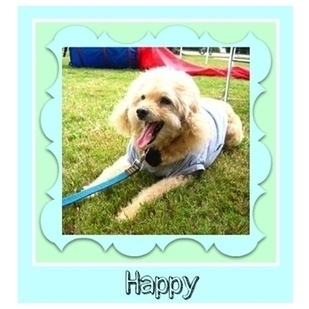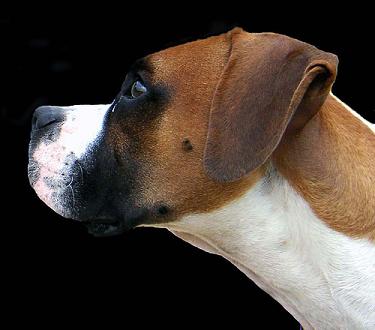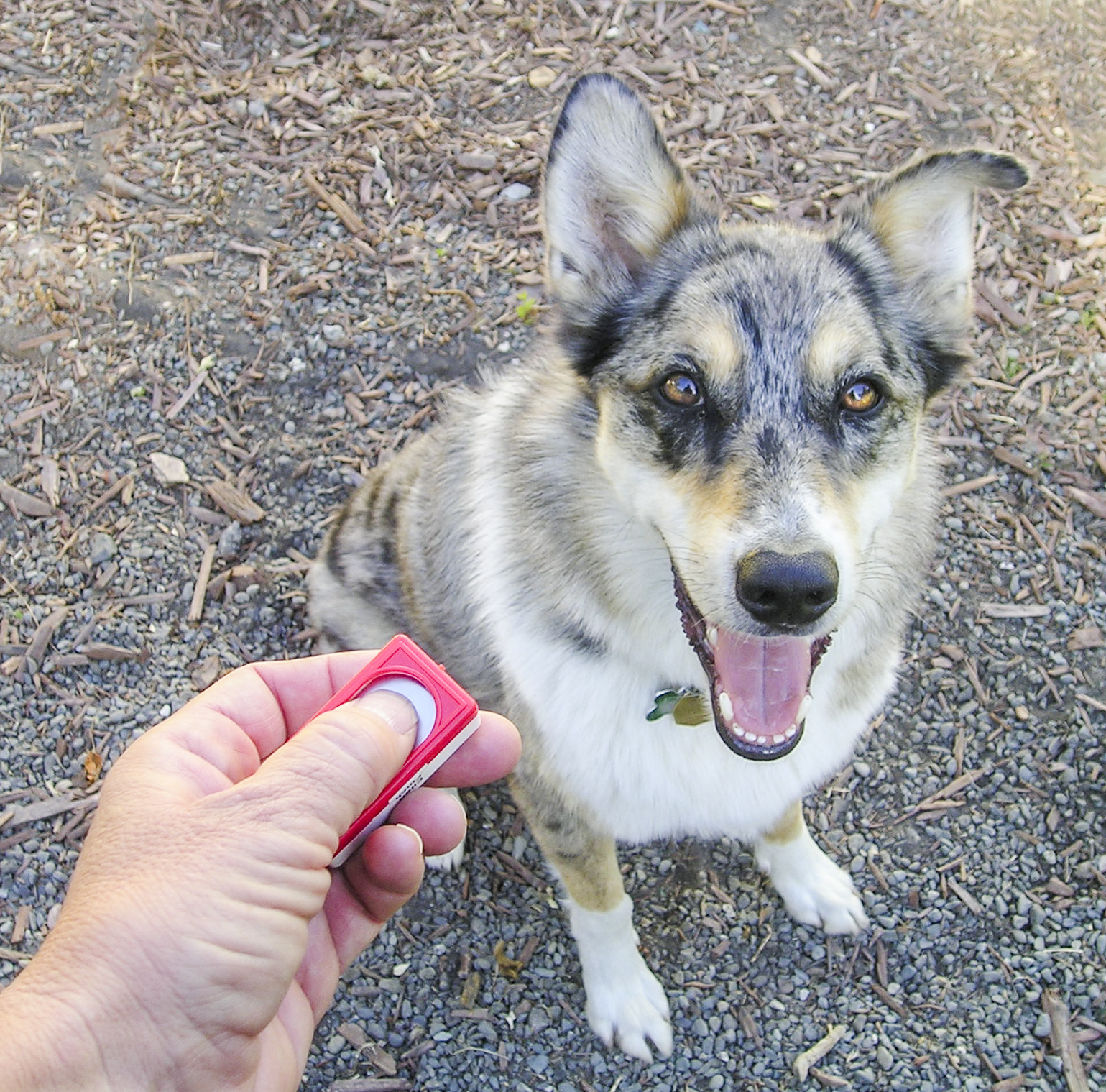Training A Dog
Prior to WWI, most dogs were responsible members of the family with important jobs to do. They guarded property, provided personal protection, herded livestock, rid households of vermin, helped in the hunt, pulled carts and sleds and located lost people. The dogs became “trained” as a result of the living and working arrangements they had within the family unit. People needed them and they needed people. However, during WWI, people began needing dogs to help them in a different way. Many dogs were used to assist service men in combat and, as a result, many dogs became casualties of war. This brought on the need for the armed forces to train vast quantities of dogs to replace the continuously depleted supply of service dogs. This need for rapid training brought about the compulsion revolution and the birth of formal dog training. It is true that some dogs, usually those with a temperament conducive to service work, were able to tolerate the training and continue to function to the high degree required. Unfortunately, the spirits of many of these dogs could not withstand the intense training demands, and their willingness to please was therefore defeated. These dogs were typically thought of as inferior, unsound or incapable of learning. This resulted in the belief that only the hardest, most alpha dogs were capable of learning.












No comments:
Post a Comment